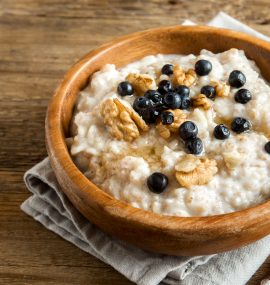While frailty seems obvious enough, science lacks a universally agreed upon method of evaluating frailty. The Frailty Index (FI) is commonly used to evaluating frailty in a clinical setting. Researchers calculate FI as the number of deficits a patient exhibits divided by the total number of deficits considered. For example, if a doctor finds that a patient exhibits five of 20 deficits that older people often commonly have, the FI for that patient would be 5/20 = 0.25. Deficits include symptoms or signs of chronic diseases or disabilities or social problems based on a patient examination or laboratory data.
more
Frailty Debilitates and Kills






